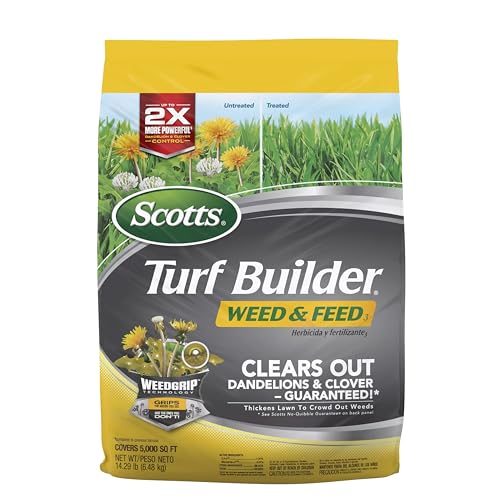I'm a lawn care expert, and always do these 7 jobs in April to ensure thick, green grass all summer long
Transform your lawn with these simple yet highly effective April lawn care tasks
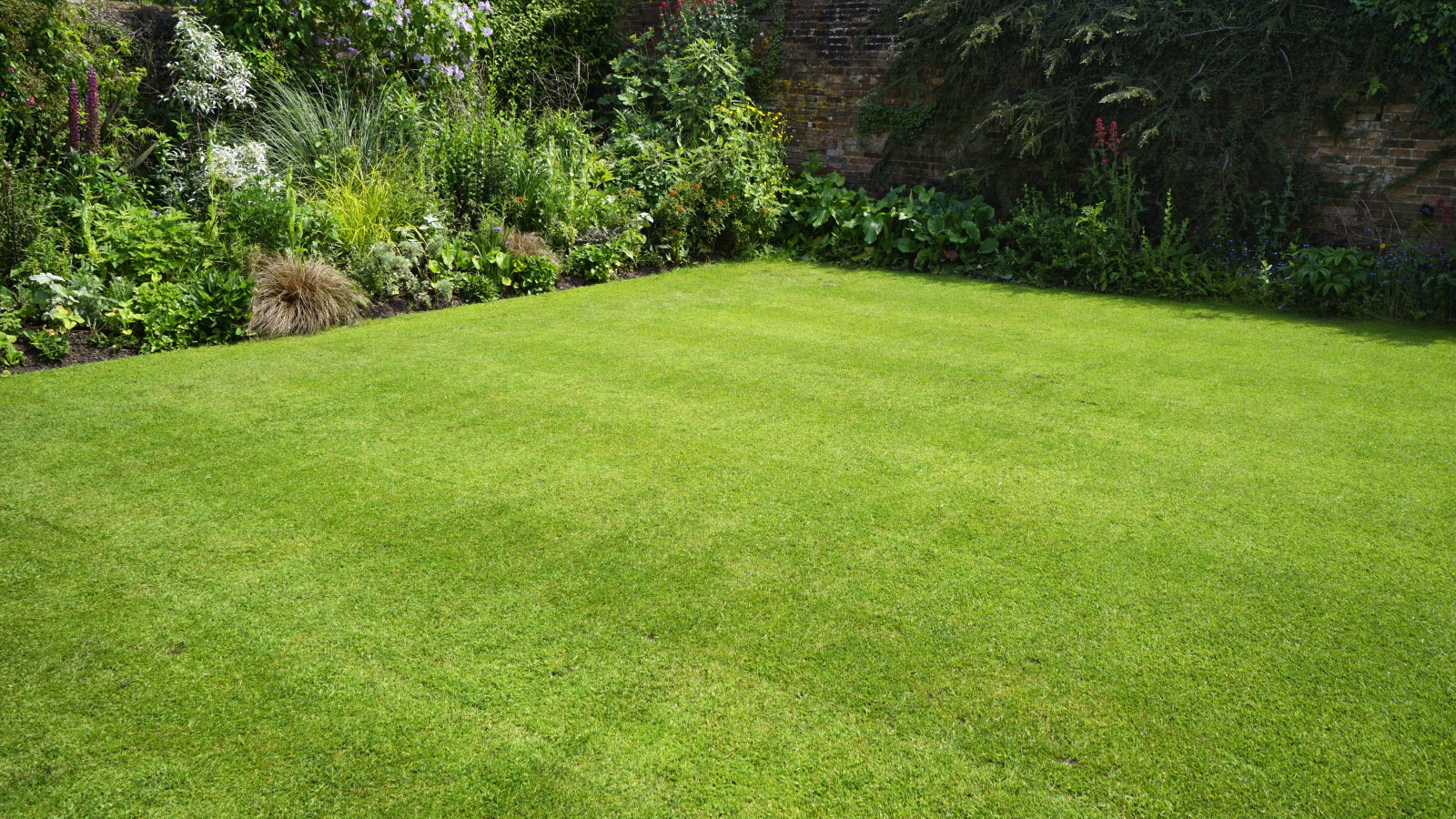

If you want your lawn to appear lush and green this summer, April provides an excellent opportunity to make that happen. Here are seven lawn care tips for this month that can transform your yard.
As the temperatures rise in spring, April is a time to mow, feed, seed, and smarten the look of any lawn. It is worth the investment, as giving your grass some TLC this month will reward you with a beautiful lawn for the summer months.
I maintained formal lawns in public gardens for many years. April was always a peak time for lawn care, and the work put in got the lawns into top shape. The following tasks were always part of my list for lawn care in April and I recommend adding as many as possible to yours.
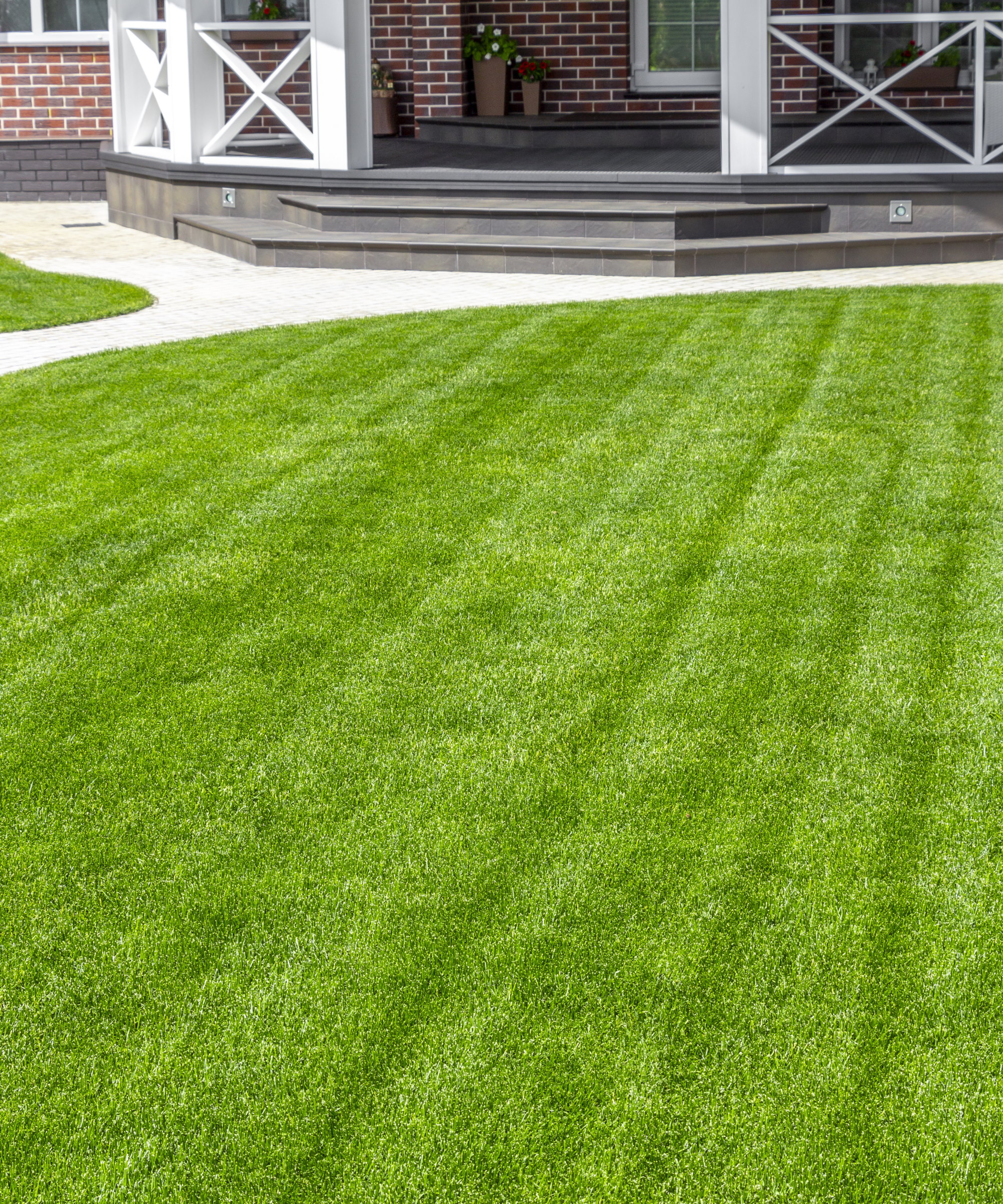
Lawn care in April - 7 steps to follow
Any spring lawn care regime starts after the frosts have ended in your US hardiness zone. Add the following tasks to your spring gardening checklist for lawn care in April, and you can look forward to a green and thick lawn come summer.
1. Mow at the right time
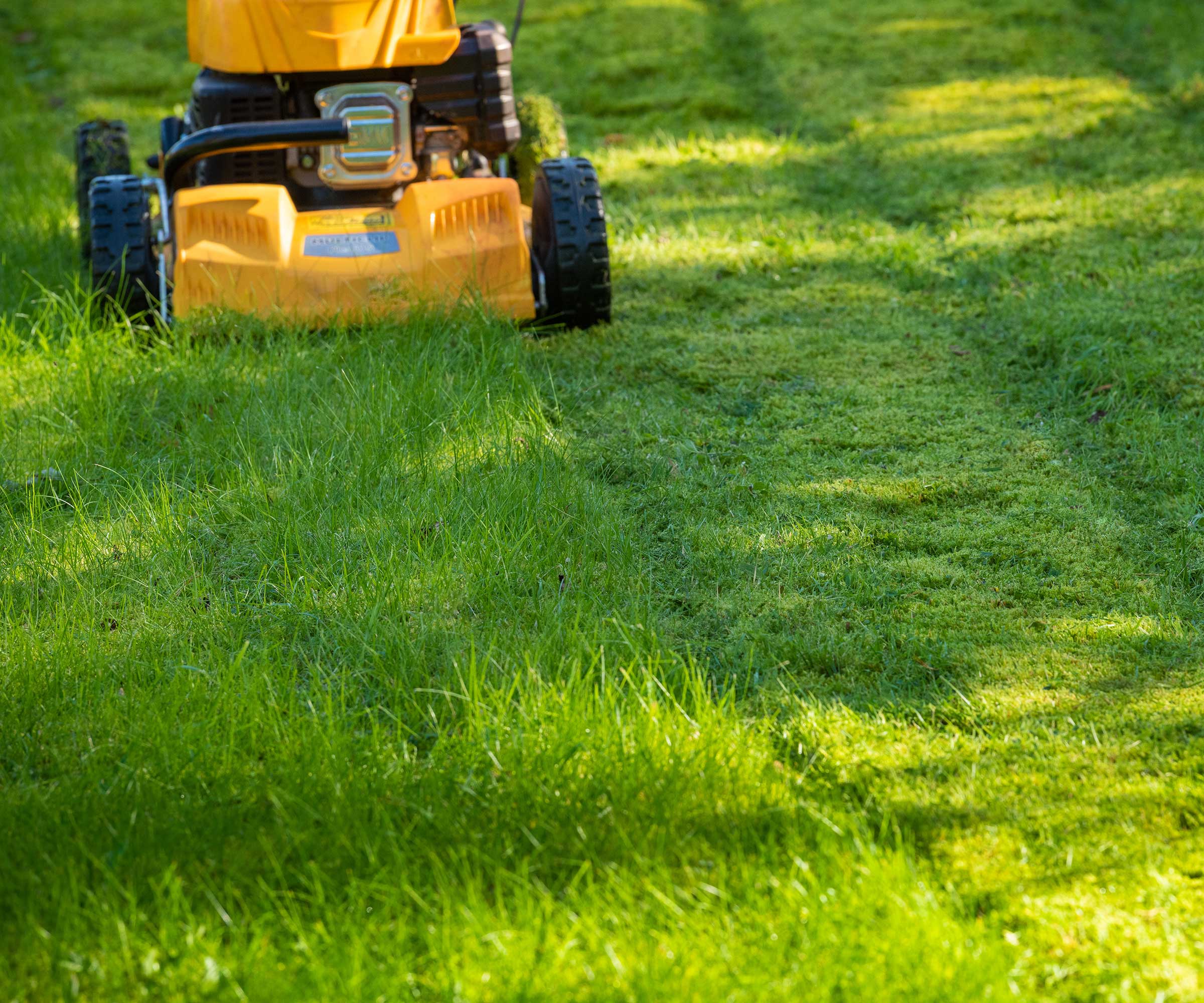
When to start mowing a lawn in spring is changeable; it can depend on your location and the seasonal weather. You will likely have begun mowing for the year in April, but it is key to wait until the grass is actively growing and the ground is dry enough to mow, as mowing frozen or soggy grass will damage both the lawn and your lawn mower.
Always remember that, however tempting it may be if the lawn looks a little long, mowing wet grass is a bad move that can lead to uneven cuts, ripped grass blades, and a lawn susceptible to fungal diseases. If the grass is wet, let it dry before mowing and also ensure you cut a spring lawn at a higher mower height than you will cut come summer.
2. Aerate to improve drainage
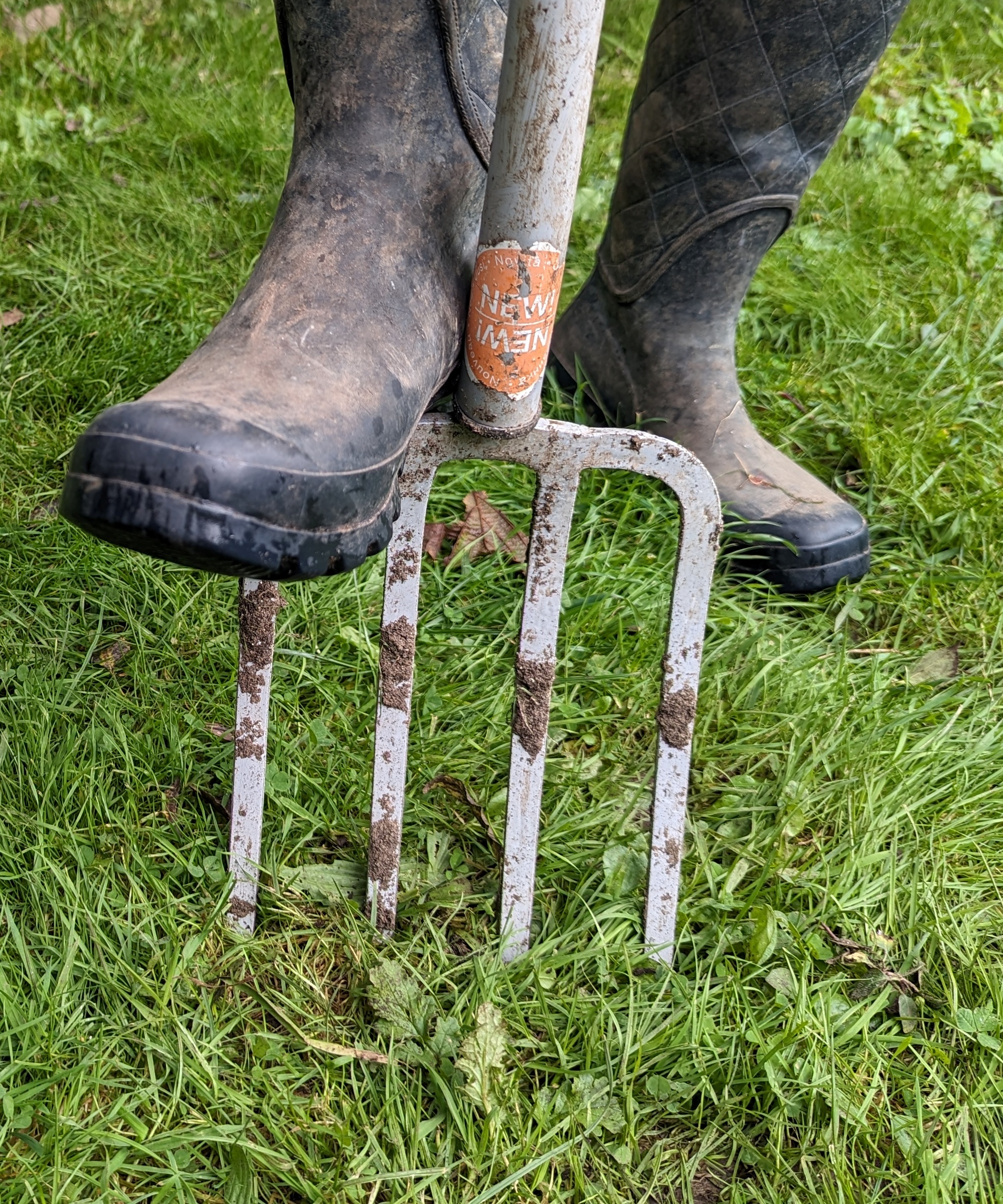
Aerating a lawn in spring comes highly recommended - it was a task I always did annually as a gardener. This simple job involves making small holes in the soil and offers multiple benefits when done in spring.
Why aerate a lawn? You may ask. It reduces compaction caused by lots of usage and improves drainage, preventing a waterlogged lawn that can kill patches of grass. Boosting the drainage also reduces the risk of fungal problems caused by grass sitting too wet for long periods.
Aeration can be done using a garden fork. Push the tines of the fork a few inches into the soil and give it a little movement forward and backward to gently open the holes. Do this at intervals of 12 inches across the lawn.
The alternative is to get a mechanical aerator to do the job quicker, such as this spike aerator at Amazon that has steel star-shaped spikes to penetrate the soil.
3. Overseed bare patches
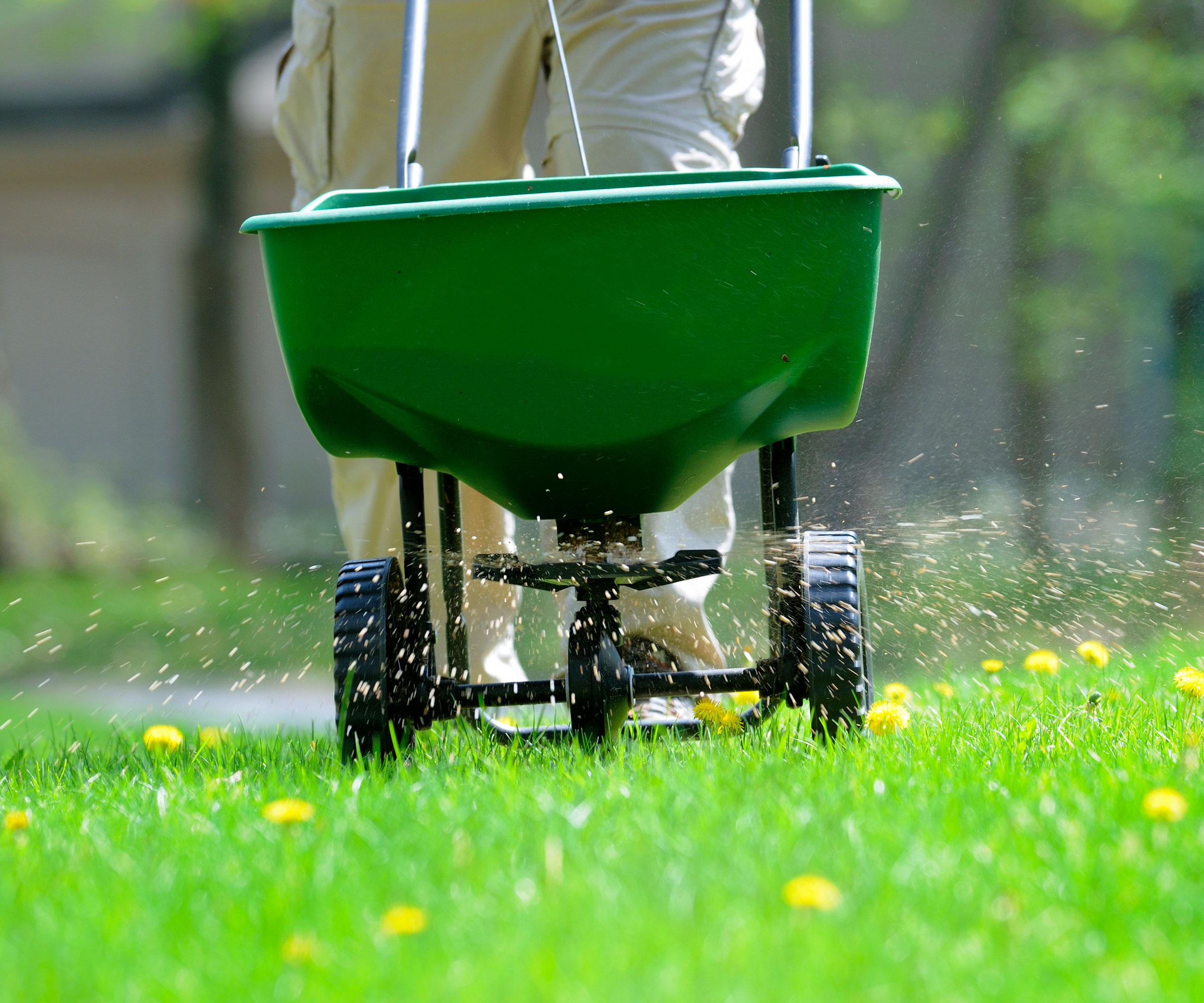
A lawn may be left a little worse for wear after the previous summer’s heavy use, followed by the challenging winter weather. Any bare patches in the grass can quickly and easily be repaired by overseeding a lawn in spring.
April is an ideal time to plant grass seed. Overseeding is spreading fast-growing grass seed to fill in these bare and damaged patches, and the seed will germinate efficiently in the warm and moist soil this month.
Mow and aerate the lawn before broadcasting the seed over the area. Keep the soil moist and consider covering the area or setting up deterrents to stop birds from eating the grass seed before it germinates.
4. Give a boost of nutrients
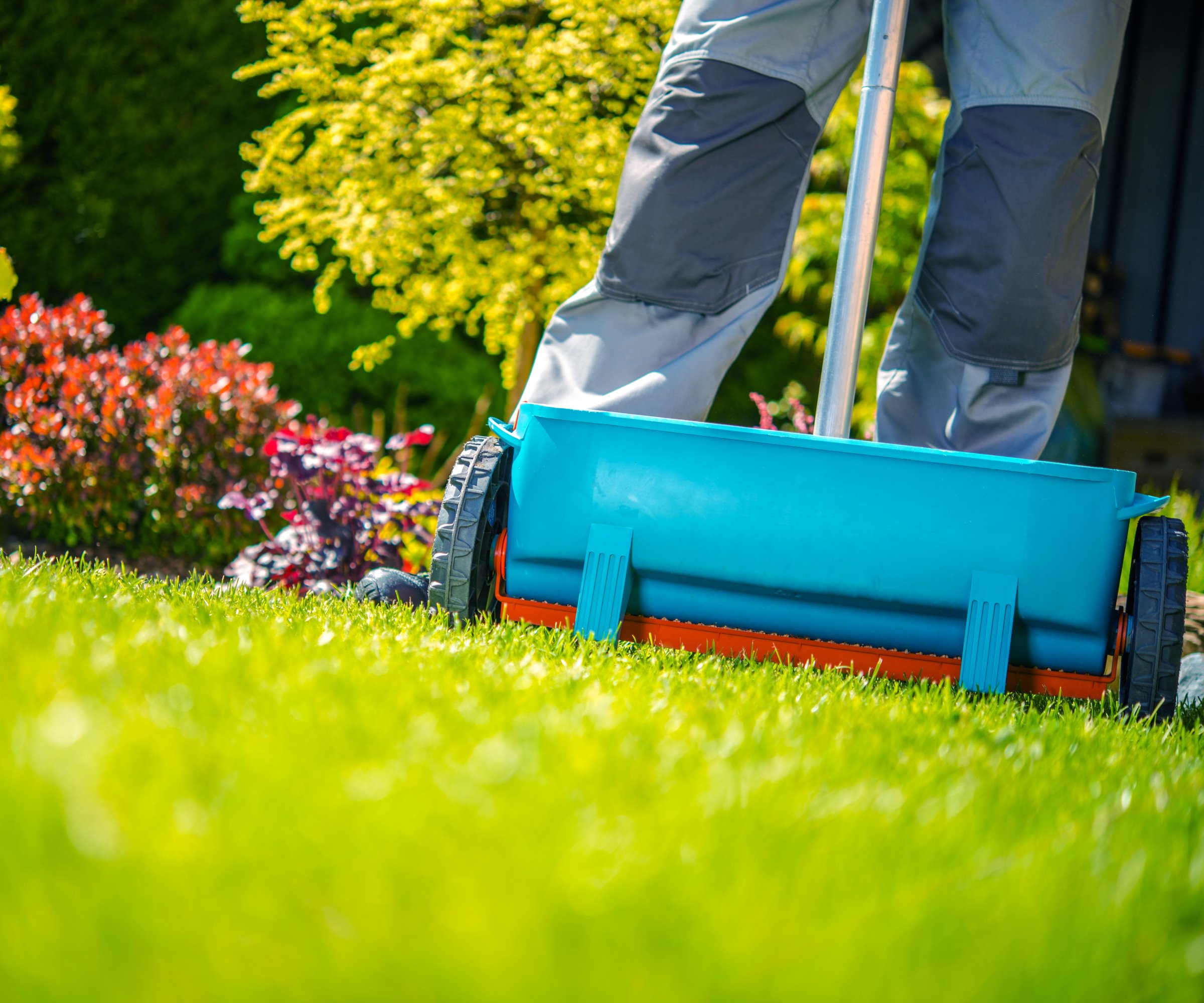
Fertilizing a lawn in spring promotes strong growth and a healthy lawn for the season ahead.
Plan to feed the grass once the soil temperatures reach around 55ºF, which can be in April in many locations, and it is up to you whether to seed or fertilize first in spring. When planting seeds, however, it is important to use a starter fertilizer designed to be used when seeding so as not to inhibit the germination.
Only ever apply the fertilizer at the recommended rates. A spreader is recommended to apply the right amount over the lawn evenly, and these come in push-along or hand-held types.
5. Define the edges
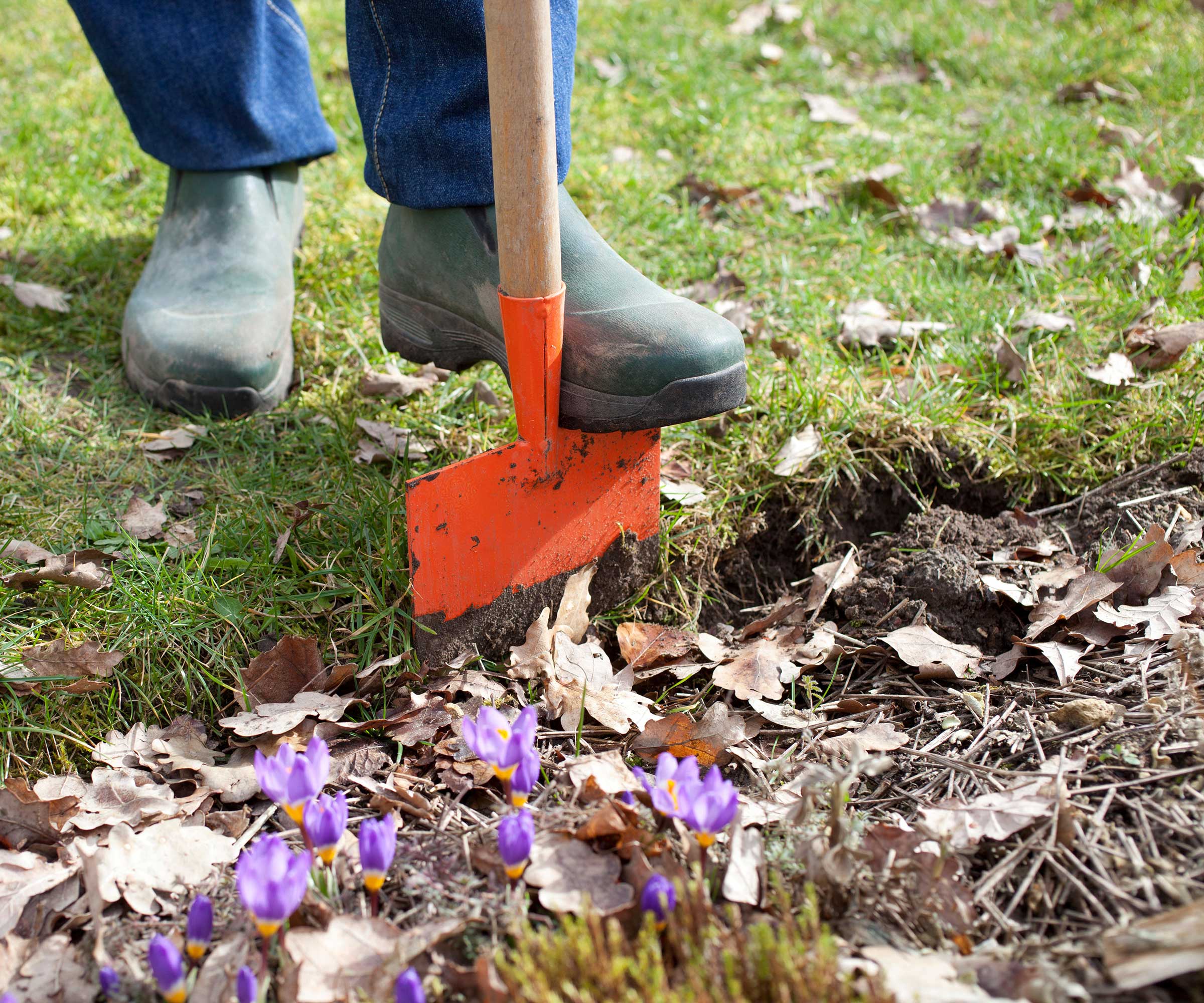
Taking time to sharpen the edges of a lawn at the start of the season makes a difference. Not only does it differentiate the lawn from the rest of the garden, but a well-defined edge looks neat and satisfying.
Putting in an edge this month means it is easier to maintain that neat lawn edge throughout the season with a pair of edging shears.
To edge a lawn, use a wooden board or string line to mark the straight lawn and work your way along with an edging tool, such as this half moon edger at Walmart. Any removed turn can be used to make compost.
6. Tackle lawn weeds
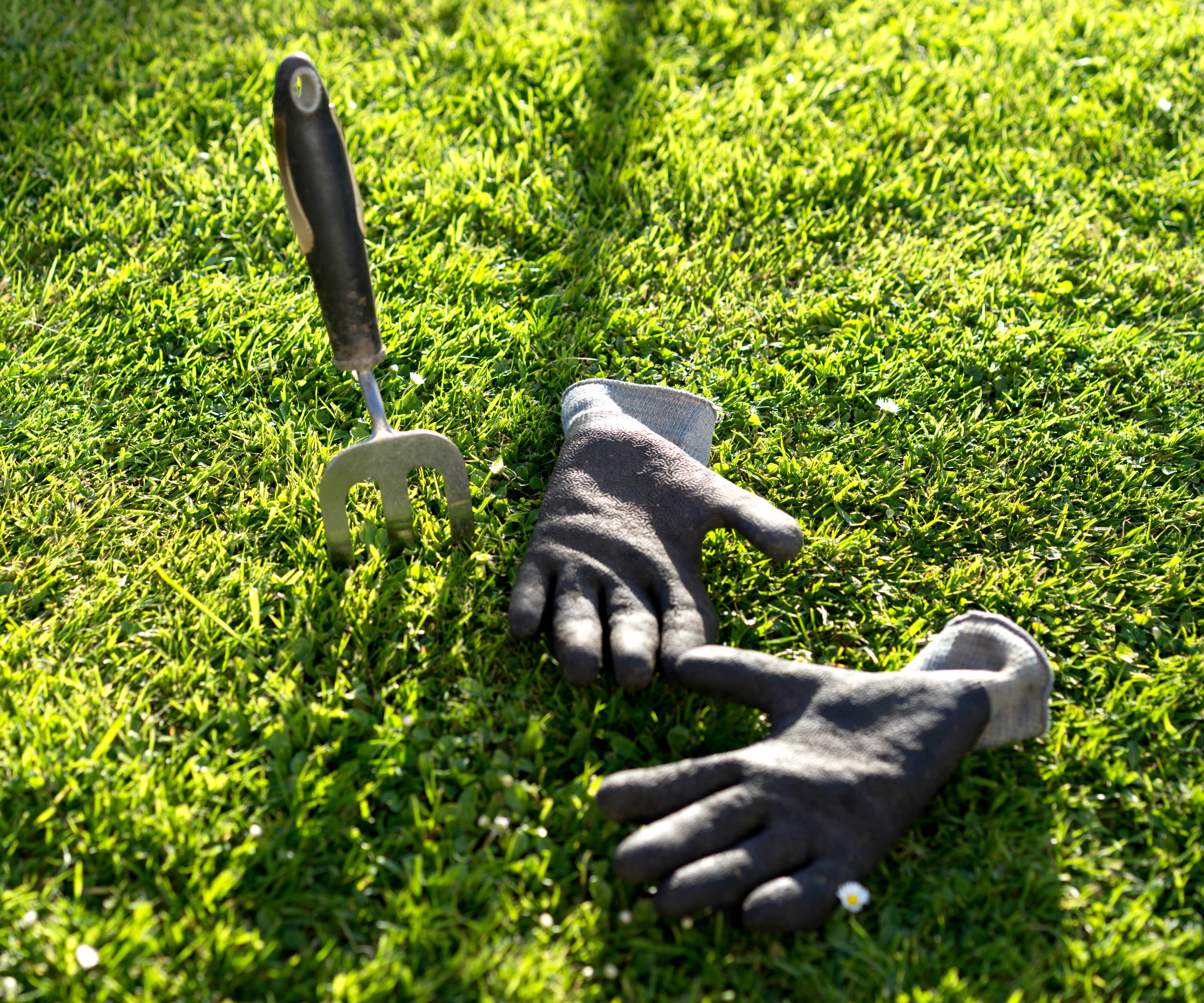
It is never the most glamorous task, but April is a good time to tackle unwanted weeds. Getting rid of weeds early in the season is beneficial to stop them from spreading and becoming a bigger problem in the future.
Several options are available to kill weeds but not grass and help you have a pristine lawn. Any large tap-rooted perennial weeds, like dandelions or thistles, should be removed by hand with a garden fork or weeding tool to get the entire root out.
Spring can be a time to spray weed killer on a calm and dry day to tackle existing weed problems, while also offering a great window to put down weed and feed products. Such products contain post-emergent broadleaf herbicides to kill weeds and fertilizer to provide essential nutrients to the grass.
7. Control moss
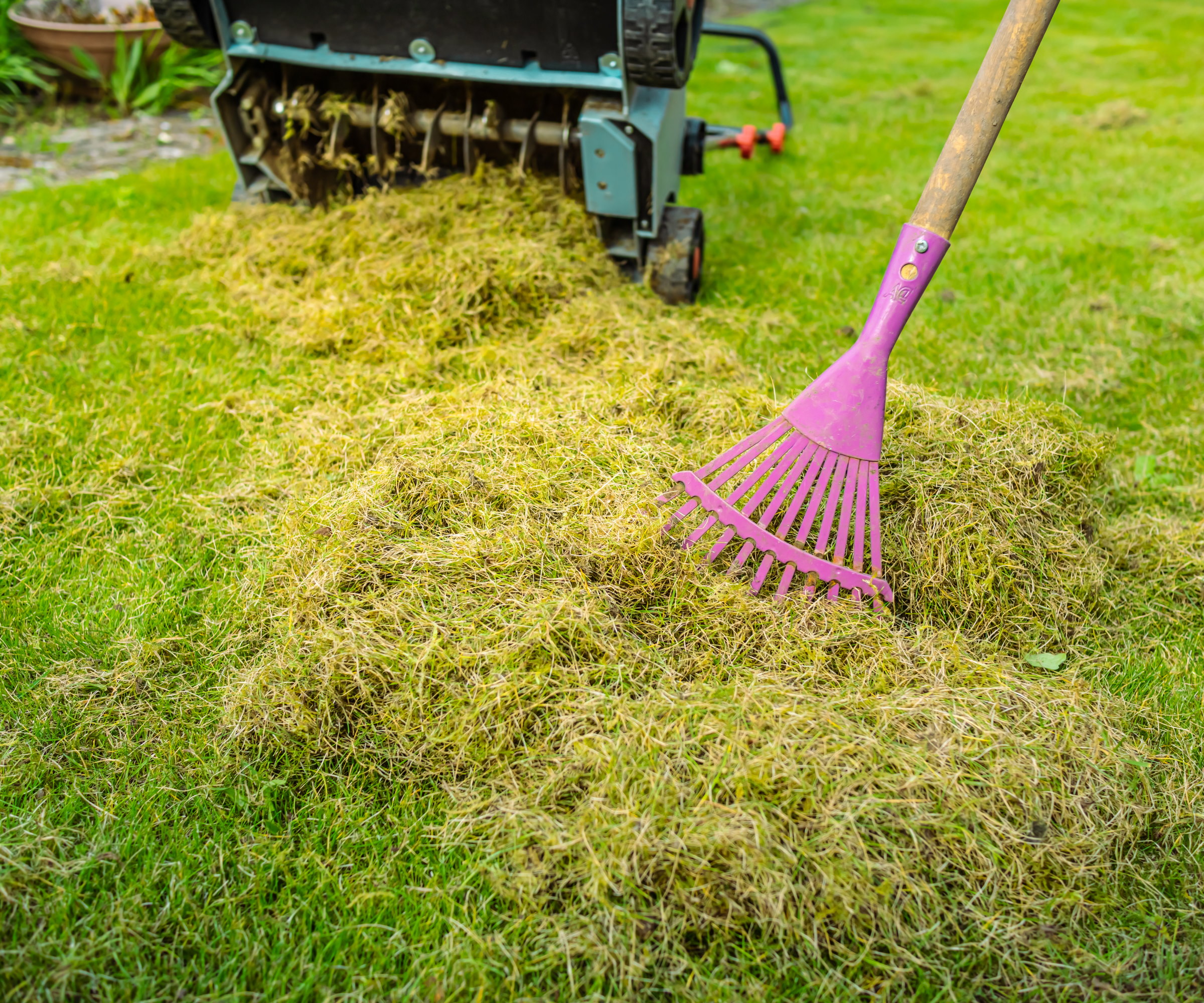
As well as tacking weeds, April can be a good month to get rid of moss in lawns. This can be especially beneficial if you have had a wet winter and spring.
Dethatching a lawn, or scarifying, and aerating, helps remove moss and dead thatch and improve conditions to discourage it from returning. These tasks improve garden drainage to prevent lawns from sitting wet for long periods, and boost air circulation through the lawn.
When it comes to how to dethatch a lawn, it can be done with a spring tine rake, or you can get a mechanical scarifier for larger lawns - like this electric dethatcher and scarifier at Amazon, which has a 16-inch clearing path and the option of either a 20-blade scarifying head or 24 steel-tine dethatching head.
The alternative to tackling moss by hand is to apply a moss killer product to the lawn. However, this will be a short-term fix and not combat the conditions that cause moss, like dethatching and aerating. Apply the product according to the manufacturer's recommendation and rake out the dead moss after it turns black.
Shop essentials for lawn care in April
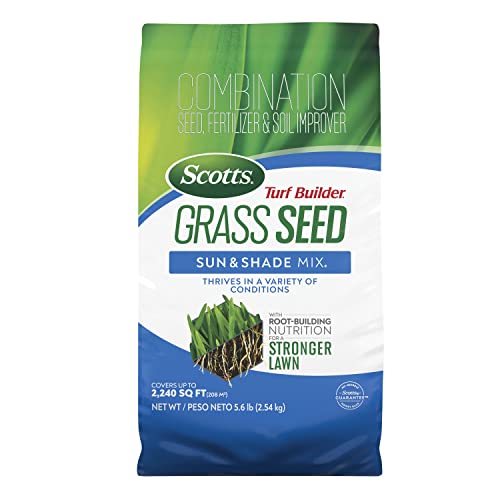
A grass seed mix designed to thrive in full sun or part shade. It is ideal for overseeding an existing lawn or seeding a new lawn in spring.
Doing a bit of lawn care in April sets your grass off to a great start for the rest of the season. To help plan further ahead, these guides to summer lawn care and fall lawn care give you all the advice you need for healthy grass throughout the year.
Sign up to the Homes & Gardens newsletter
Design expertise in your inbox – from inspiring decorating ideas and beautiful celebrity homes to practical gardening advice and shopping round-ups.

Drew’s passion for gardening started with growing vegetables and salad in raised beds in a small urban terrace garden. He has worked as a professional gardener in historic gardens and specialises in growing vegetables, fruit, herbs, and cut flowers as a kitchen gardener. That passion for growing extends to being an allotmenteer, garden blogger, and producing how-to gardening guides for websites. Drew was shortlisted for the New Talent of the Year award at the 2023 Garden Media Guild Awards.
You must confirm your public display name before commenting
Please logout and then login again, you will then be prompted to enter your display name.
-
 Put your 'purgatory place' and 'dust detective' in play – 6 expert tricks professional organizers use to effortlessly edit down belongings
Put your 'purgatory place' and 'dust detective' in play – 6 expert tricks professional organizers use to effortlessly edit down belongingsStress-free streamlining is entirely within sight
By Andy van Terheyden
-
 Where can you buy Benjamin Moore paint? Here's all you need to know about browsing and shopping this much-loved brand
Where can you buy Benjamin Moore paint? Here's all you need to know about browsing and shopping this much-loved brandLooking to buy Benjamin Moore paint? These are the best ways to get your hands on this iconic paint brand
By Emily Moorman
-
 7 of the fastest growing flowers to plant in spring for early summer blooms
7 of the fastest growing flowers to plant in spring for early summer bloomsSow these seeds now and be greeted with early summer color and repeat blooms in your yard
By Jacky Parker
-
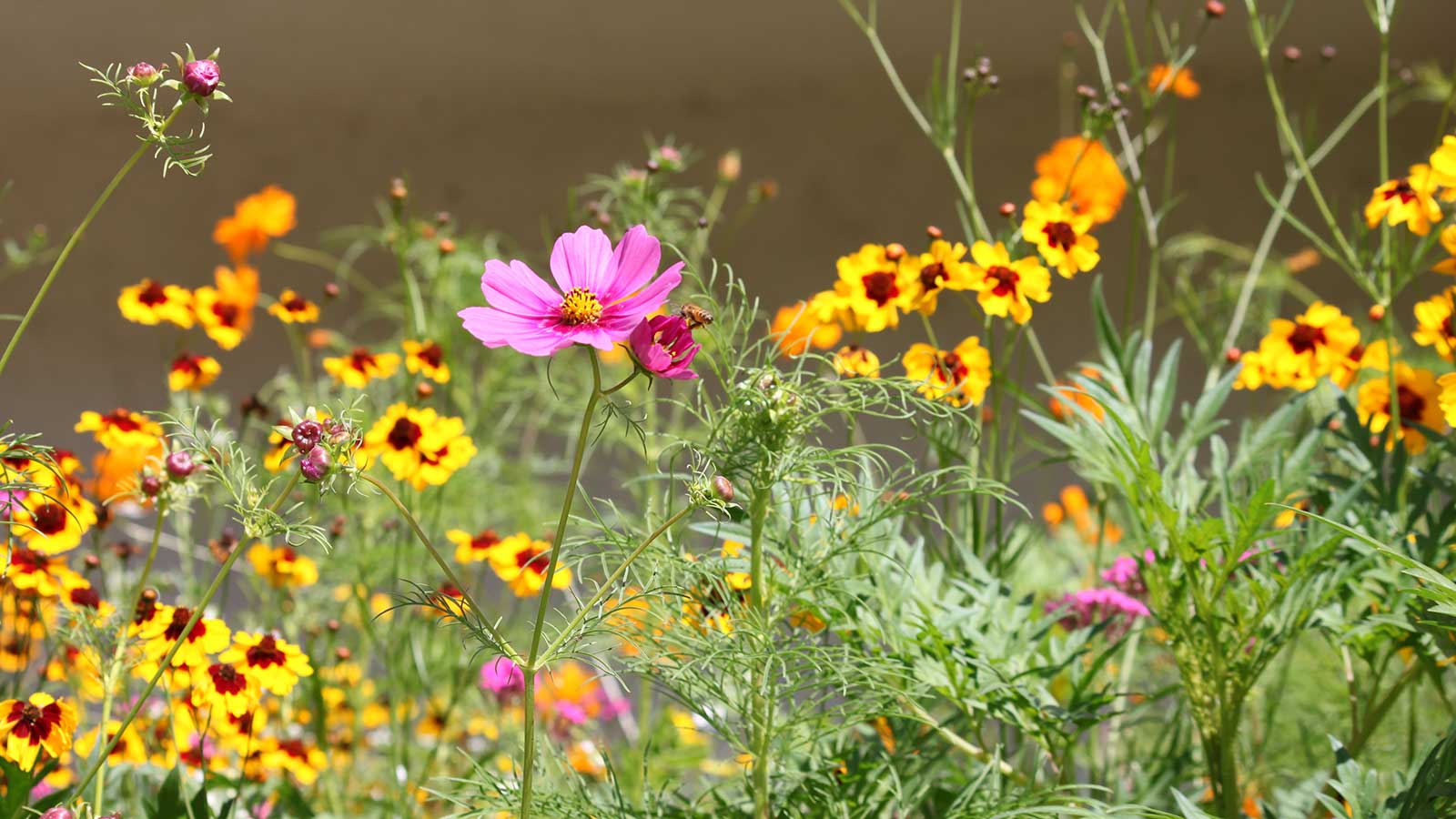 How to design a mini meadow in pots – and welcome birds, bees and butterflies to your urban wildlife garden this summer
How to design a mini meadow in pots – and welcome birds, bees and butterflies to your urban wildlife garden this summerExperts share advice on species recommendations, soil, and types of containers to use for meadow planting
By Holly Crossley
-
 This $20 pop-up greenhouse from ALDI is perfect for small yards – it will turbocharge your tomato harvests this summer
This $20 pop-up greenhouse from ALDI is perfect for small yards – it will turbocharge your tomato harvests this summerEasy to use and compact to store, pop-up greenhouses are ideal for patio or balcony gardeners
By Thomas Rutter
-
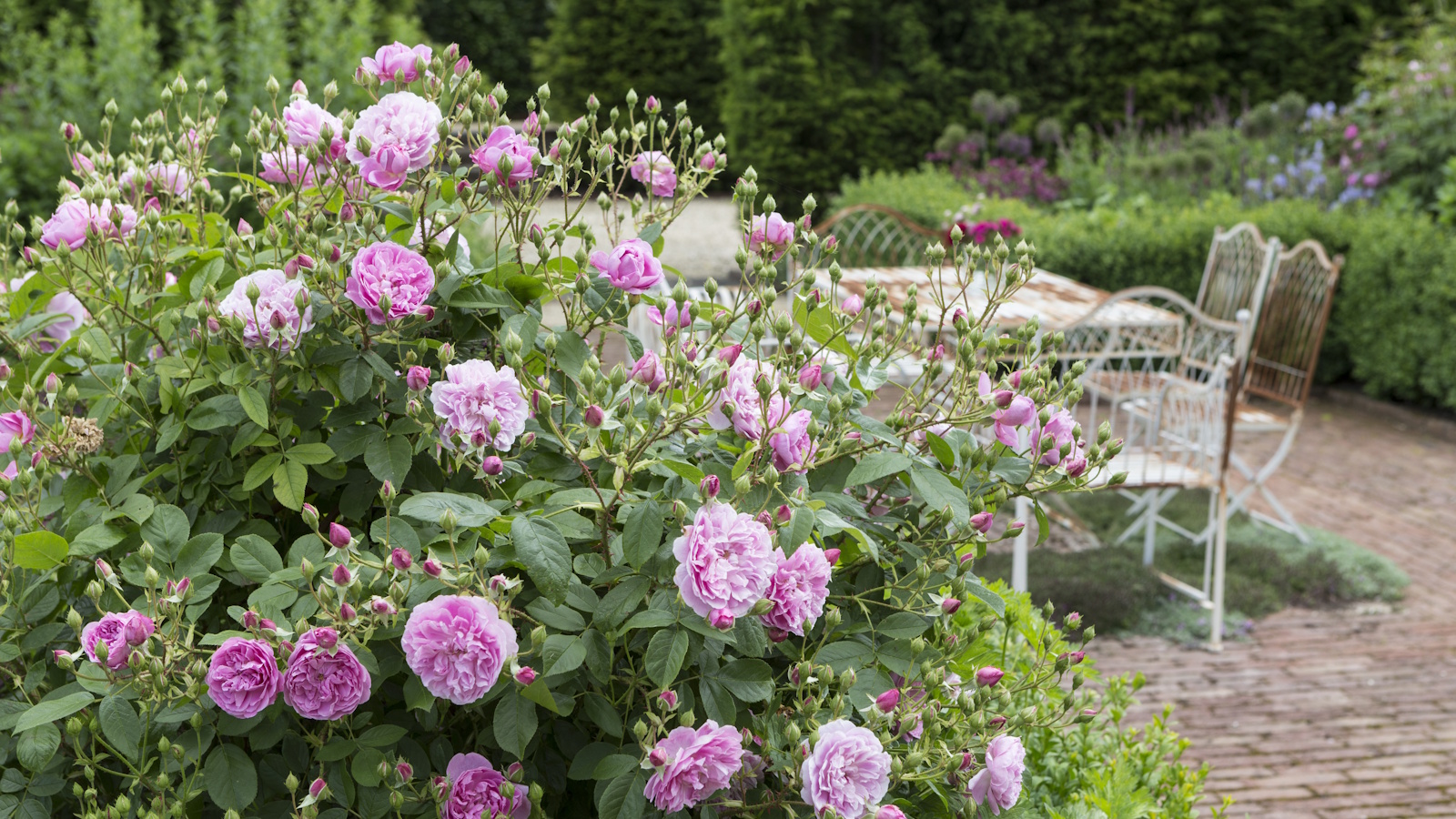 How to weed a garden quickly – professional gardeners reveal the five-minute weeding jobs to do now and get your yard summer-ready
How to weed a garden quickly – professional gardeners reveal the five-minute weeding jobs to do now and get your yard summer-readyShort on time? These time-efficient tasks will keep on top of problem plants
By Thomas Rutter
-
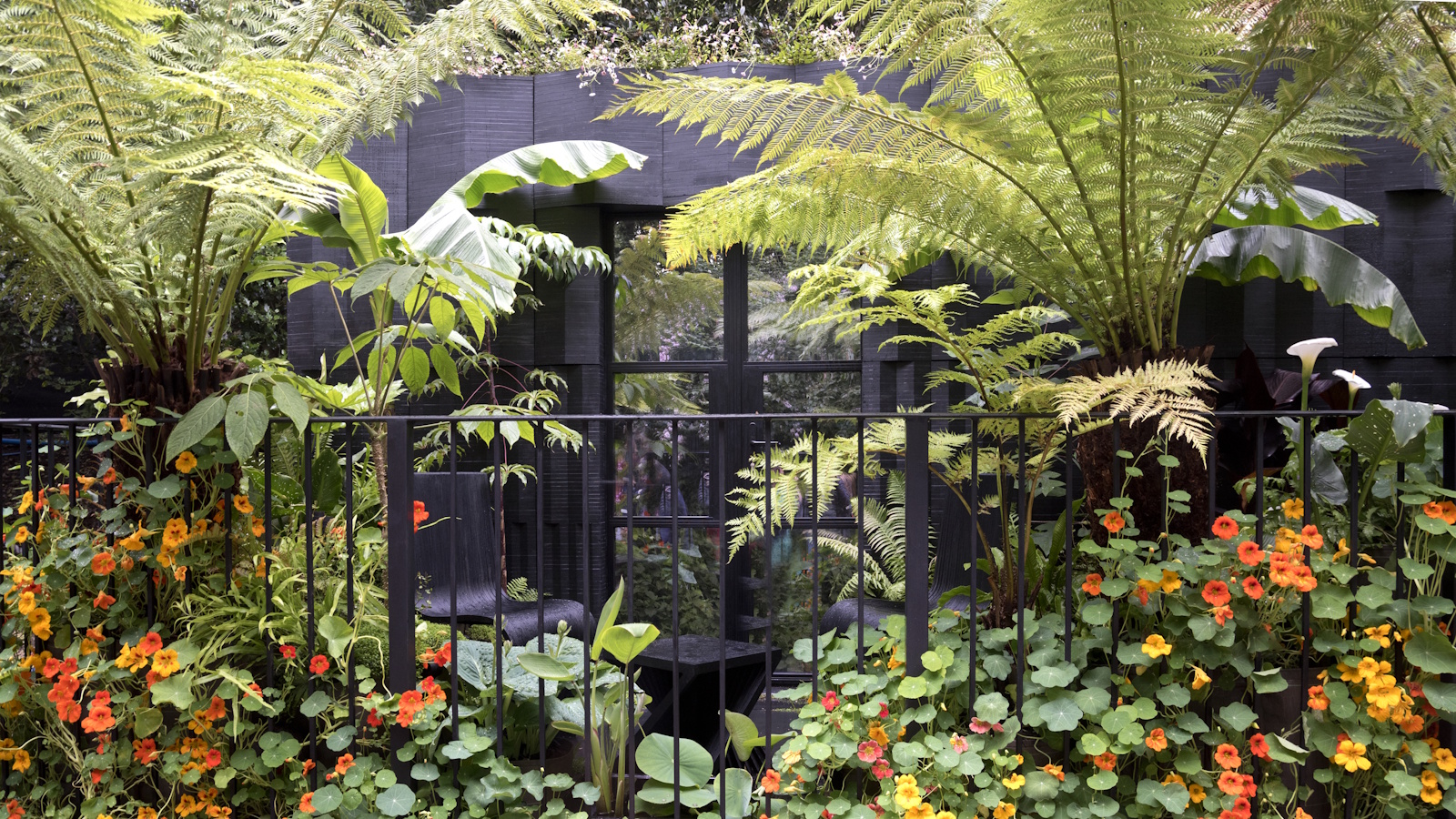 Small yard but want to grow your own crops? This wooden cold frame is 40% off at Wayfair – and it's perfect for tiny patios and apartments
Small yard but want to grow your own crops? This wooden cold frame is 40% off at Wayfair – and it's perfect for tiny patios and apartmentsCold frames are a sensible investment for any gardeners struggling for space on balconies, backyards or patios
By Thomas Rutter
-
 7 native perennials to plant in April – for glorious flowering displays to attract bees, butterflies, and hummingbirds
7 native perennials to plant in April – for glorious flowering displays to attract bees, butterflies, and hummingbirdsDiscover some of the best perennials to plant in April to make your garden a hotspot for wildlife
By Drew Swainston
-
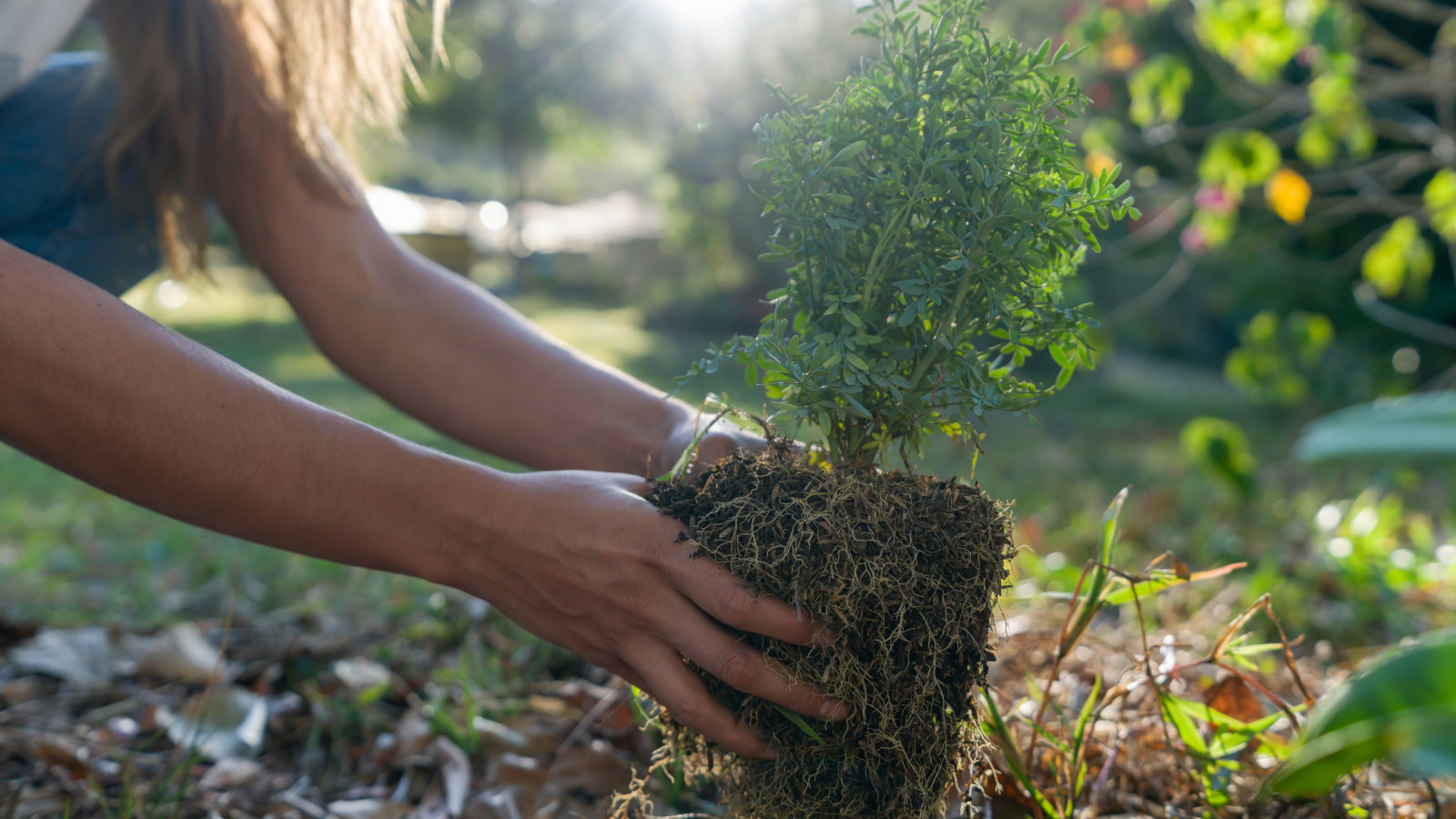 7 shrubs to plant in April to transform beds and borders – including native plants and bushes suitable for dry or wet spots
7 shrubs to plant in April to transform beds and borders – including native plants and bushes suitable for dry or wet spotsThese shrubs can bring flowers, texture, and fragrance, as well as attracting beneficial insects and birds
By Drew Swainston
-
 Horticulturists urge you to prune these 7 plants in April – for healthy growth and better-than-ever flowering displays
Horticulturists urge you to prune these 7 plants in April – for healthy growth and better-than-ever flowering displaysDiscover a key selection of plants to cut back this month, with expert pruning advice
By Drew Swainston

